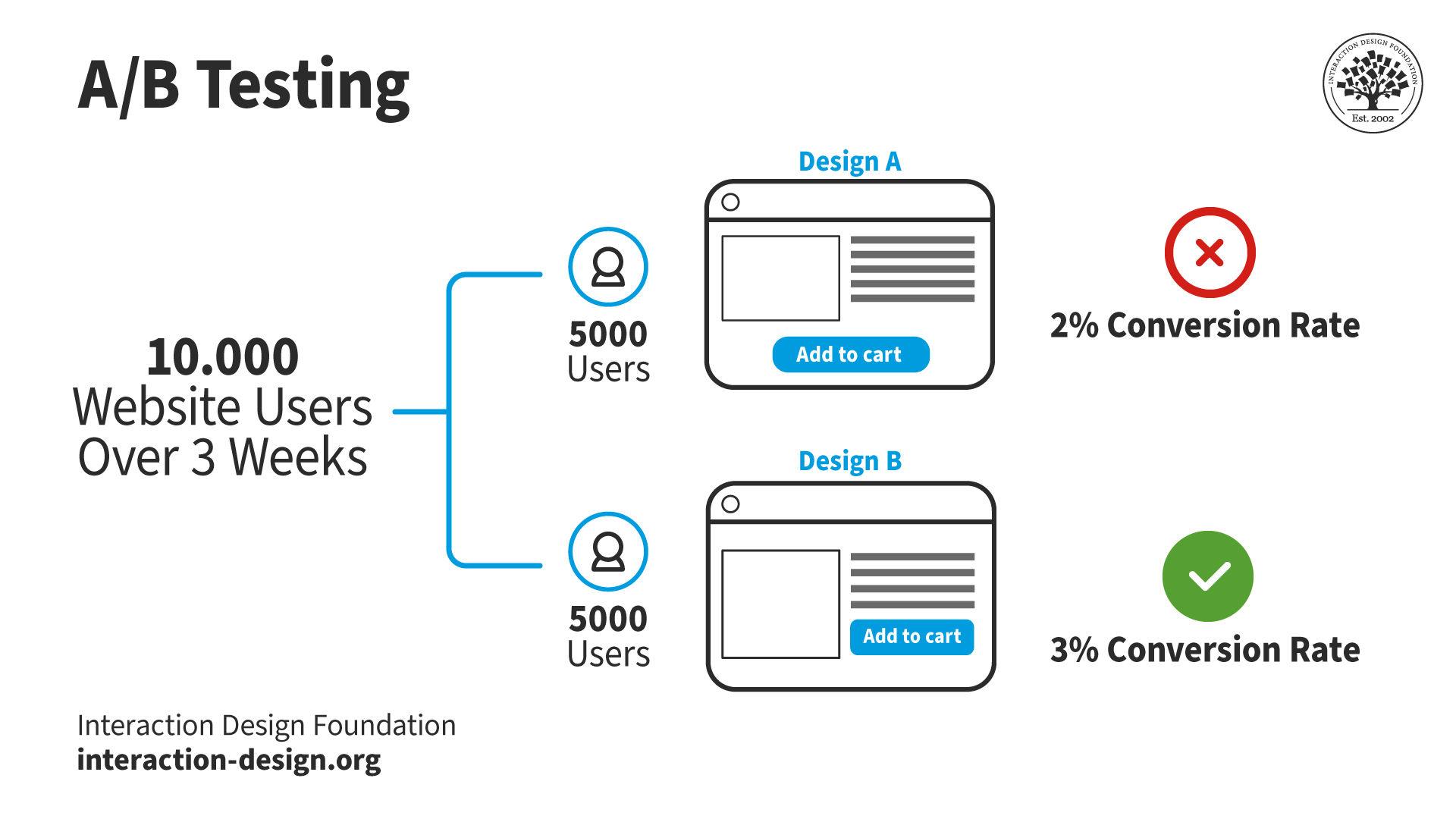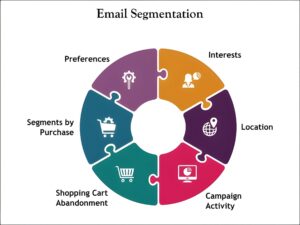How to A/B Test Your Website Design: A Complete Guide to Boost Conversions
Are you struggling to find the perfect website design that maximizes user engagement and conversions? One of the smartest ways to optimize your website is through A/B testing. This method allows you to scientifically compare different versions of your webpage and choose the design that truly resonates with your visitors. In this comprehensive guide, we’ll walk you through everything you need to know about how to A/B test your website design effectively, including the benefits, actionable steps, and expert tips to get the most out of your split tests.
What is A/B Testing for Website Design?
A/B testing, also called split testing, is the process of comparing two versions of a webpage or design element (Version A and Version B) to determine which one performs better based on a key metric such as click-through rate, bounce rate, or conversion rate.
By running A/B tests on your website design, you can:
- Make data-driven decisions instead of guessing.
- Improve your website’s user experience (UX).
- Increase conversions and revenue.
- Understand visitor preferences and behaviors.
Benefits of A/B Testing Your Website Design
Investing time in A/B testing delivers numerous advantages, including but not limited to:
- Higher Conversion Rates: Small changes like button color or headline wording can significantly impact user actions.
- Reduced Bounce Rates: Optimized designs keep visitors engaged longer.
- Improved User Experience: Testing helps identify pain points and areas that delight users.
- Lower Risk of Redesign Failures: Test before fully committing to new designs.
- Actionable Insights: Discover what truly drives your audience rather than relying on assumptions.
Step-by-Step Guide: How to A/B Test Your Website Design
Step 1: Define Your Goal
Determine what you want to improve. Common goals include increasing newsletter signups, boosting sales, reducing bounce rates, or improving user interactions.
Step 2: Identify the Element to Test
Your website has multiple components that influence user behavior. Here are common design elements for A/B testing:
- Call-to-Action (CTA) Buttons: Text, color, size, placement
- Headlines and Copy: Messaging, tone, font style
- Images and Videos: Visual appeal, thumbnails, placement
- Layout and Navigation: Menu structure, whitespace, column designs
- Forms: Length, fields, button text
Step 3: Create Variations
Once you pick your test element, create an alternative version (B) to compare against your existing design (A). Avoid changing too many variables at once to keep results clear.
Step 4: Use an A/B Testing Tool
Leverage tools like Google Optimize, Optimizely, VWO, or WordPress plugins such as Nelio A/B Testing to set up your experiment. These platforms automate traffic splitting and track performance metrics.
Step 5: Run the Test
Start the experiment and let it collect enough data for statistical significance. The duration depends on your website traffic but usually ranges from one to four weeks.
Step 6: Analyze the Results
Review key performance indicators (KPIs) based on your goal. Check which version performed better and whether the difference is meaningful enough to implement changes permanently.
Step 7: Implement Winning Design
If the variant improves your objective, roll it out across your site. Otherwise, consider retesting different hypotheses or elements.
Practical Tips for Effective Website Design A/B Testing
- Test One Element at a Time: Minimize variables for clear cause-effect analysis.
- Ensure Sufficient Traffic: Larger sample sizes increase confidence in results.
- Run Tests Long Enough: Avoid premature conclusions; consider weekly traffic patterns.
- Focus on Meaningful Metrics: Align tests with business goals.
- Document Your Tests: Keep a log of hypotheses, variants, results, and insights.
- Use Heatmaps & Analytics: Complement A/B testing with tools like Hotjar or Google Analytics for richer insights.
Common A/B Testing Mistakes to Avoid
| Mistake | How to Avoid |
|---|---|
| Testing too many elements simultaneously | Focus on one change per test for clarity |
| Stopping the test too soon | Wait for statistically significant data |
| Ignoring external factors | Account for seasonality, promotions, and traffic fluctuations |
| Choosing irrelevant KPIs | Align KPIs with your main business objectives |
| Failing to implement winning designs | Act promptly on test findings to reap benefits |
Case Study: A Real-World Example of Website Design A/B Testing
Scenario: An eCommerce website struggled to increase sales on its product landing page.
Test Element: The CTA button text and color.
- Version A: Blue button with text “Buy Now”
- Version B: Orange button with text “Get Yours Today”
Result: Version B increased click-through rate by 17% and sales by 12% after a 3-week test period.
Takeaway: Small design tweaks with powerful wording can drive significant user action.
Conclusion
Mastering how to A/B test your website design is one of the most effective, low-risk methods to increase your website’s performance and user engagement. By following a structured approach-defining clear goals, testing one element at a time, and relying on data-you can make smarter design decisions that boost conversions and satisfy your audience. Remember that continuous testing and optimization are keys to staying competitive in an ever-evolving digital landscape. Start testing today, and transform your website into a conversion powerhouse!









